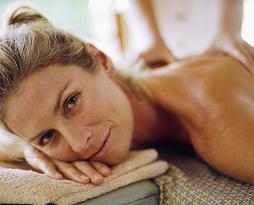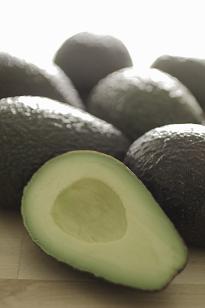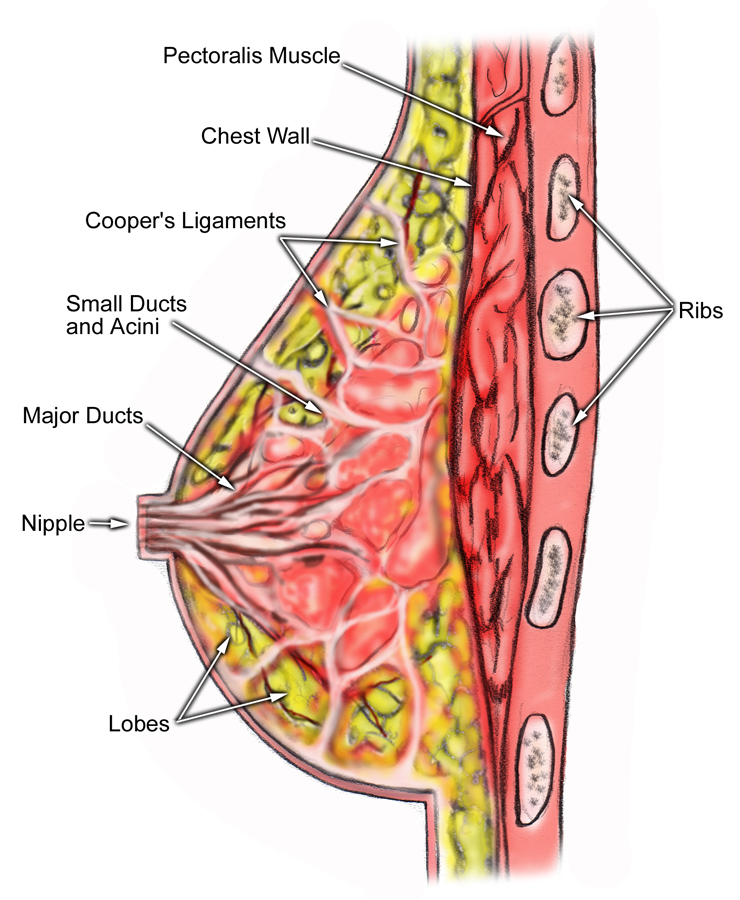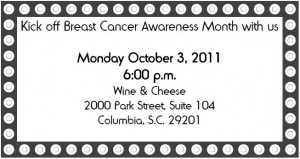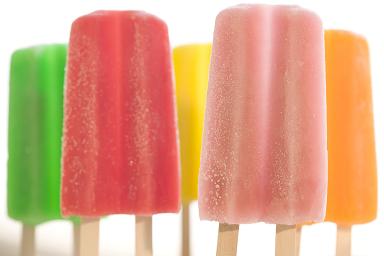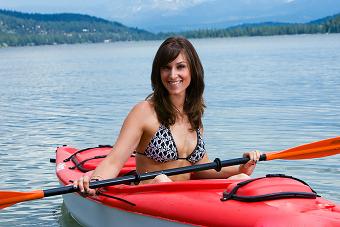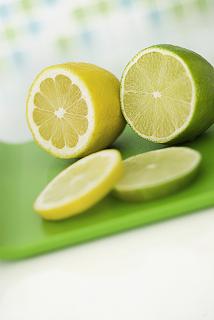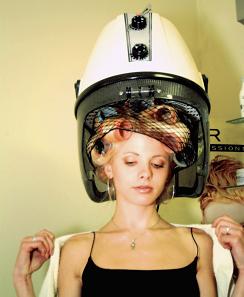 Having a healthy head of hair is easier than you might think. It all starts with your diet and ends with what you put on your hair. Following are a few tips to create the healthy hair you’ve always wanted.
Having a healthy head of hair is easier than you might think. It all starts with your diet and ends with what you put on your hair. Following are a few tips to create the healthy hair you’ve always wanted.
Your hair is what you eat.
One of the easiest ways for doctors to see if their patients eat a healthy diet is to look at their hair. What you eat dictates how healthy your hair is from the inside out.
When it comes to nourishing your hair, get your nutrients from food, and use supplements such as multivitamins only as an insurance policy. Other concoctions that promise thicker, fuller hair don’t give your body anything you can’t give yourself through good food choices.
Eat a balanced diet of the following foods to nourish your hair:
- Salmon, flaxseed, nuts, and seeds for omega-3 fatty acids.
- Meat, dairy, and poultry for high-quality protein.
- Fruits and vegetables, especially dark green and carrots, for vitamins A and C.
- Nuts, seeds, eggs, and beans for trace minerals such as biotin and zinc.
If you eat a poor diet, your hair will suffer because it’s not getting the nutrients it needs.
Use a gentle shampoo and conditioner.
As it cleanses, shampoo strips the natural oils that make your hair shiny and healthy, so you put conditioner on it to bring back the shine and promote softness. Many shampoos have harsh detergents called sulfates, and two of the most common are sodium laureth sulfate (SLES) and sodium lauryl sulfate (SLS). These ingredients create the suds we’re used to, but they also cause your hair to lose moisture and can fade color.
Sulfate-free hair cleansing can take many forms: sulfate-free shampoos, cleansing conditioners, and natural hair soaps. Any of these choices are much gentler to your hair, and you’ll be amazed at how much softer and healthier your hair looks and feels.
Try hair treatments.
Especially if you blow dry, curl, or straighten your hair, regular hair treatments can dramatically improve the look and feel of your hair. Your hairdresser can recommend treatments, and stores carry a large variety, ranging from hot oil vials to deep conditioning packs.
You don’t need to wash every day.
Women who switch from washing their hair every day to every other day report that their hair is stronger, silkier, and healthier than those who wash every day. It’s simply not necessary for most women to wash their hair daily. Often, women who believed their hair was oily find that after a short adjustment period, they are able to wash less frequently, and some use dry shampoo in between washings.
What do you do to keep your hair healthy?
